|
The first thing that hits you when you wander into one of Laos markets is the smell; the pungent aroma of fish sauce, for me, will forever be synonymous with Southeast Asian bazaars. Added to this, an olfactory fusion of garlic, frying shrimp paste, spices, chilli, mango, coconut, honey and fresh herbs and your senses are overwhelmed. Meat and fish form a large part of Laotians diet, in the market your dinner couldn’t get much fresher (if a tad unhappy) with cages full of ducks and chickens. Plastic sinks and concrete tanks writhe with Catfish and Tilapia, traders dipping nets in and trying to contain the flapping, protesting catch on archaic weighing scales before tipping the ill-fated fish into a plastic bag. Breathing purchases are not just limited to everyday livestock; frogs, lizards, crickets, cicadas and even some very unlucky rodents are lined up in boxes for the more exotic Lao tea-times. No part of an animal is wasted in Laos, women meticulously pick the meat from a pig’s ribcage while the trotters and snouts are piled high. Piles of tripe are folded carefully for sale alongside severed buffalo hooves and entire pig’s heads. A woman cuts slices from a huge plastic bowl containing bright red congealed blood, as always the butchers section is not for those with weak stomachs! Colourful canopies of overlapping parasols and awnings shade the piles of fruit and vegetables from the strong Laos sunshine, creating a rainbow of light over an already vibrant display of lychees, passion fruit, strawberries, cherries, oranges and apples. The midday heat starts to hit the stall holders busy since dawn and women doze head-down on piles of cabbages or snooze stretched-out on loungers next to their flapping fish stand. The Laos snack-of-choice, fried pigskin, is portioned in bags sitting alongside rows of mystery powders, dried plants, obscure berries and roots and clear bottles of unidentified liquids and oils. The market is not just a practical place for supply purchase, it’s the pulsating hub of the community, a place where livelihoods are made and the rewards of hard work are earnt. Families work together and friends catch up over coffee and noodles, children run between the stalls and young people meet on scooters. If all the browsing makes you hungry, every market has snack stalls serving endless portions of the ubiquitous noodle soup- a steaming bowl of clear chicken broth into which additions are ladled from plastic containers under the bench; fish balls, shredded chicken, spring onions, bean-sprouts, rice noodles, cabbage, fried garlic, chilli and fish sauce. It takes some skill to work the small ladle/chopstick combo but once mastered this dish is a delicious shop-stop and a healthy fast-food bargain at less than £1 a bowl.
0 Comments
We spent most of our time in Laos driving the small mountain roads, particularly in the north of the country. Remote and rural, at times we found ourselves bumping along pot-holed surfaces or driving in billowing clouds of dust on half-finished tracks. The scenery was magnificent and often the roads followed the routes of Laos’ many rivers, climbing high into the hilltops, then dropping down through lush jungle fringing the watercourse. One of the highlights of taking such minor roads was the chance to experience life in the hill tribe villages. At times it was like driving through a National Geographic article; men in traditional tribal dress, women weaving bright patterned cloth on ancestral wooden looms, timber houses balanced on carved stilts and children chasing chickens and piglets. Old ladies gossip under the shade of Hibiscus trees while men in woven bamboo hats herd lumbering black water buffalo uphill along the road. Hammocks swing in the stifling midday summer heat, gently swaying snoozing occupants in the shade under wooden stilted houses. Self-sufficiency is vital, villagers trek back to the village from the surrounding fields, straps round their foreheads balancing bamboo-woven baskets piled high with vegetables and green leaves on their backs. Small, terraced paddy fields fringe the valleys, bare-footed rice collectors paddling through the bright green swathes. Freshwater fish is the Laotians main source of protein and fine nets are thrown from dug-out canoes on the rivers, while youngsters wait patiently with handmade rod and lines. Small fish are neatly tied in lines on sticks, fried and sold from small roadside stalls, while live catfish and snakehead fish squirm in buckets hours away from a spicy sauce and sticky rice. A menagerie of livestock pecks, waddles and lounges beneath the timber homes; ducks, chickens, geese, boar, buffalo, cows and goats wander through every village. Without mains water, families gather around communal taps, women modestly washing under sarongs while children scream naked, splashing each other. Sadly, it’s not all romantic crafts and cute kids, the villagers face very real threats from logging operations in the surrounding hills- deforestation is a massive problem and on a few occasions while driving the road was filled with acrid smoke from ‘slash and burn’ land clearance as entire hillsides smouldered. The US bombing campaign in the 60’s and 70’s has left an ugly legacy with unexploded ordnance still a risk to villages, particularly children who find the deadly, small cluster bombs. Water shortages are frequent and water quality is often poor, access to education and health care is also a problem in the smaller, more remote villages. Despite the poverty and struggles of a rural existence, the villages have a warm and welcoming atmosphere; betel-stained mouths smile and wave as you drive into each settlement, people filled with both curiosity and warm hospitality.
|
Archives
July 2020
Categories
All
|
Proudly powered by Weebly

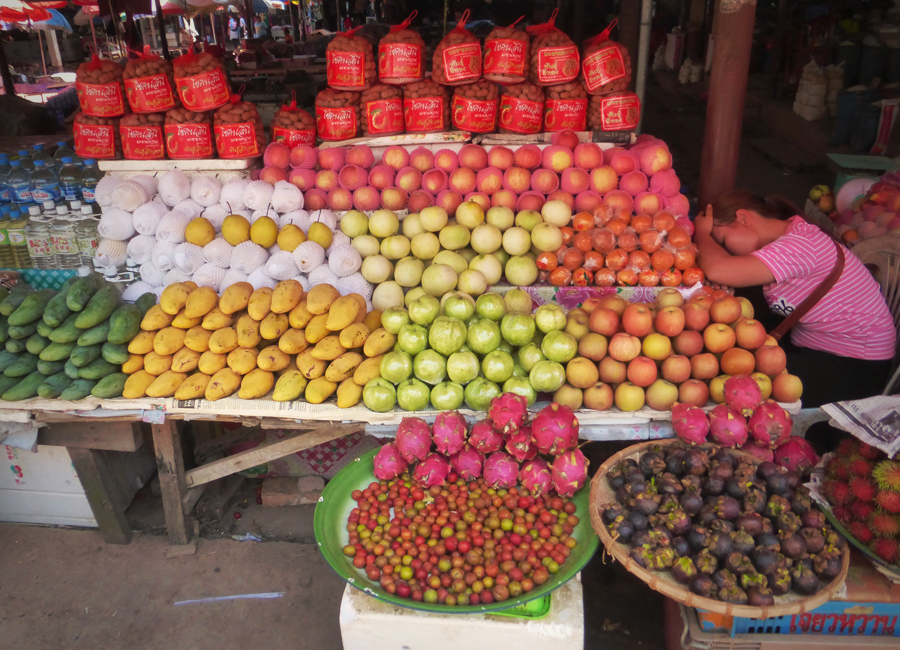
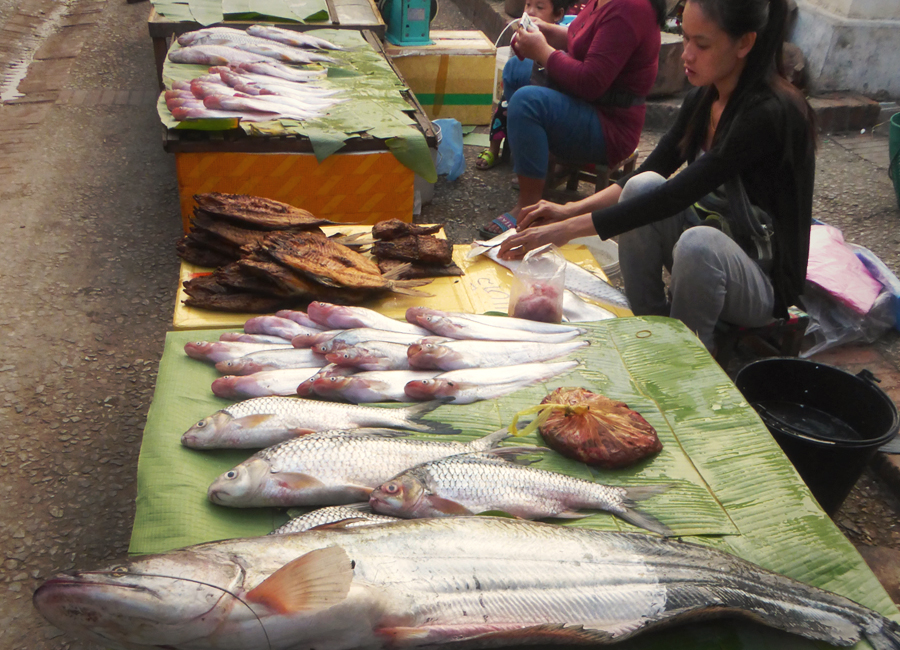
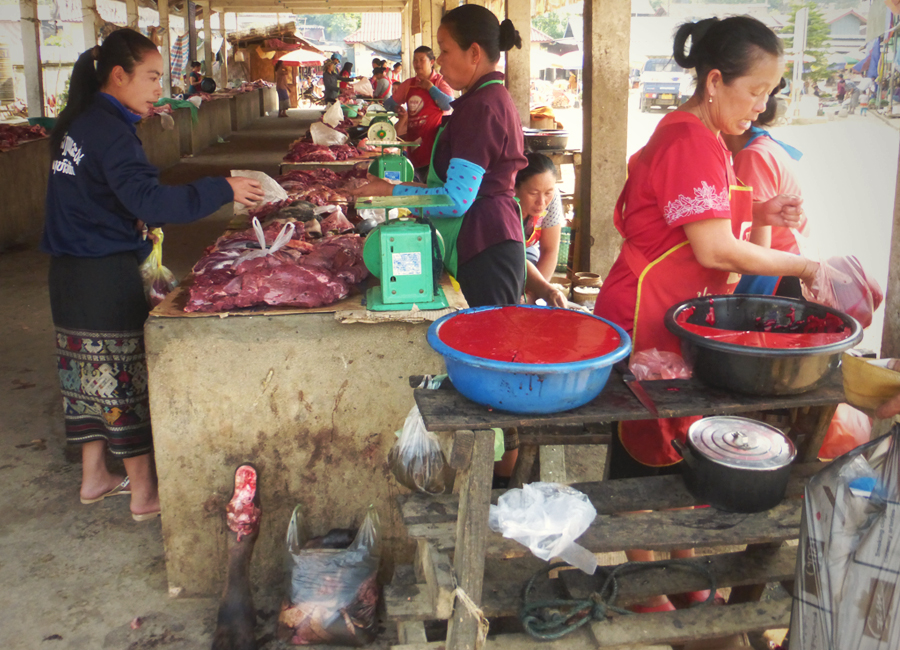
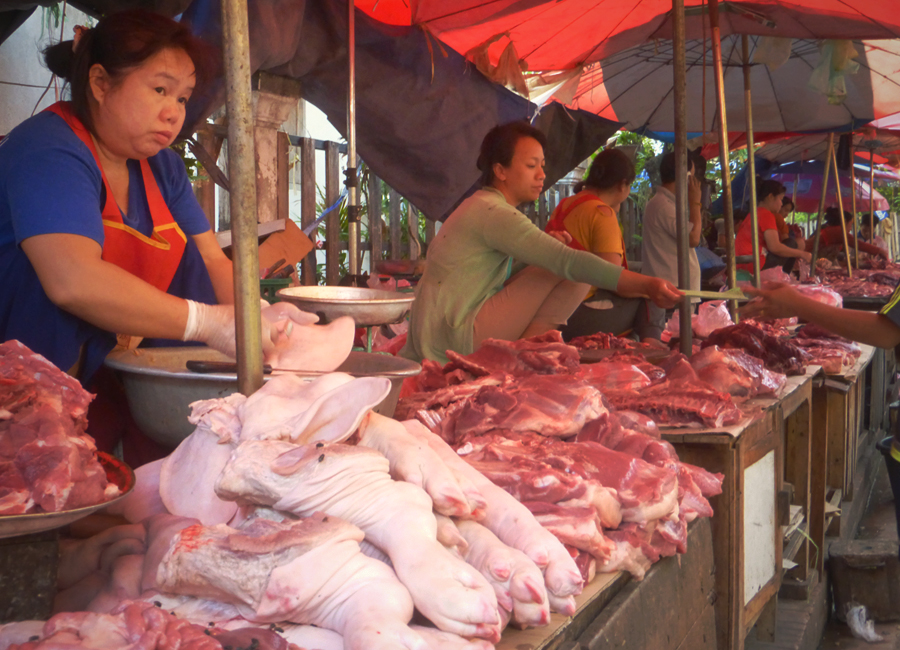
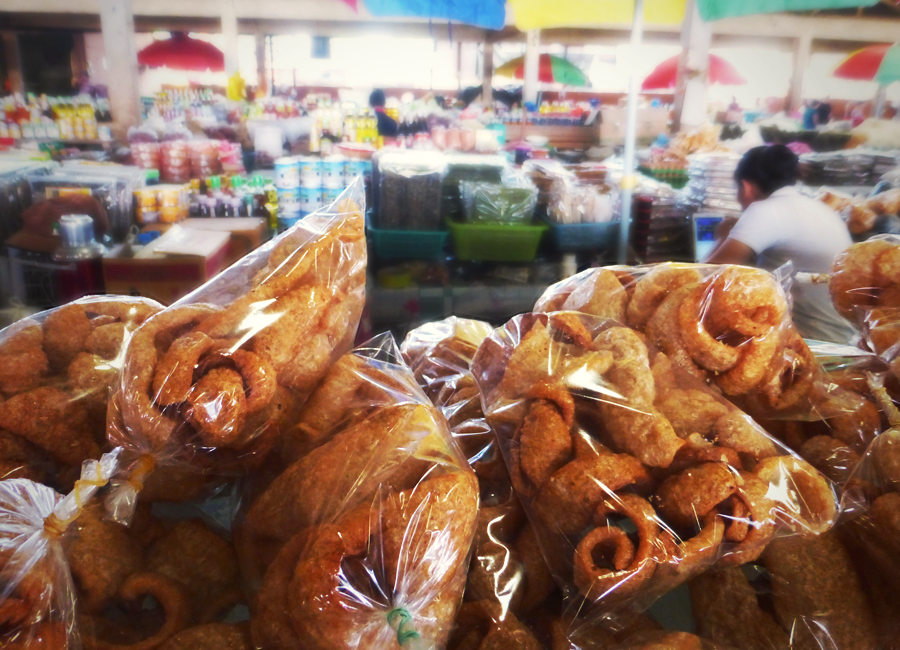
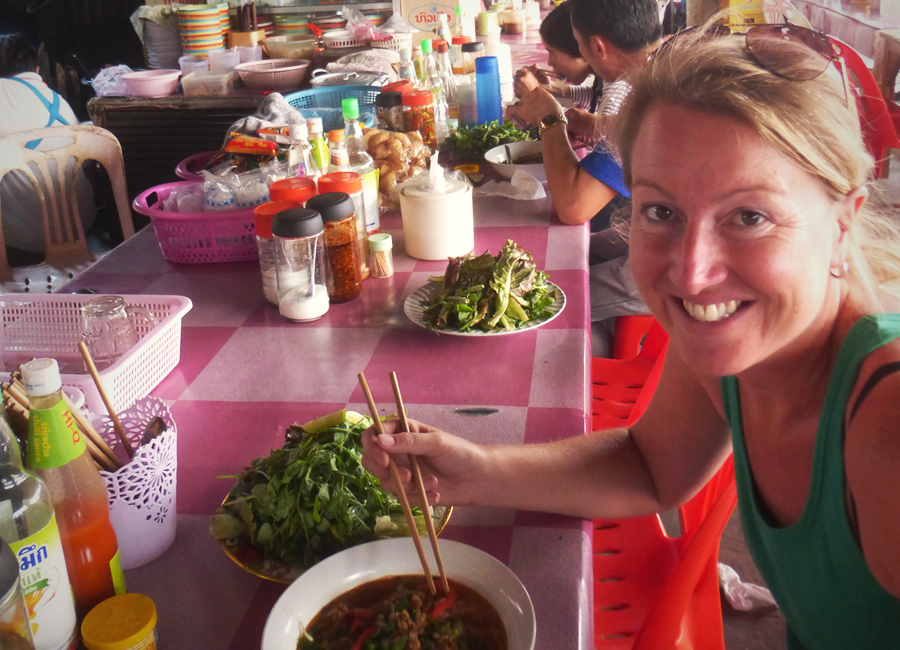
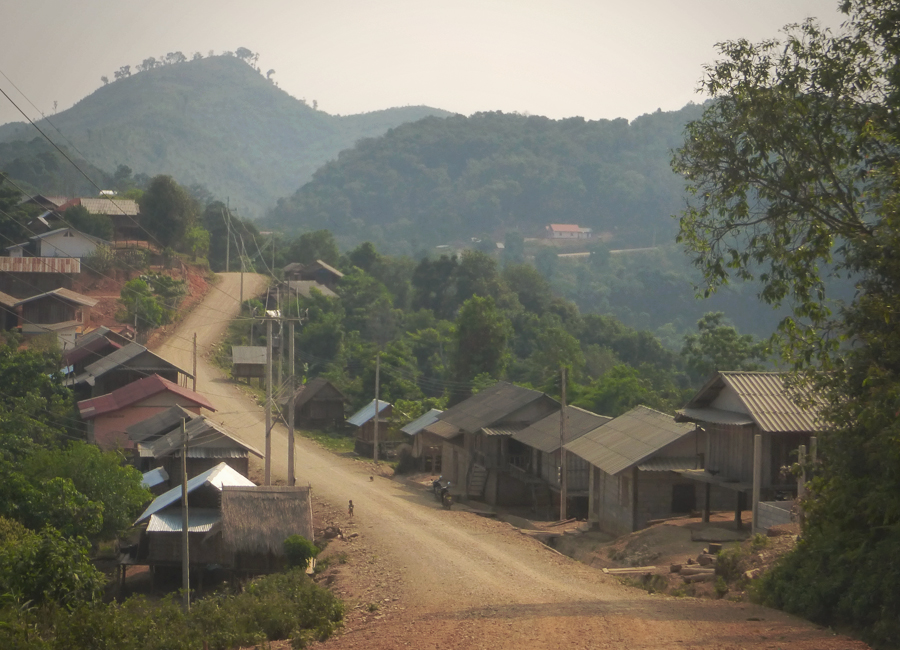
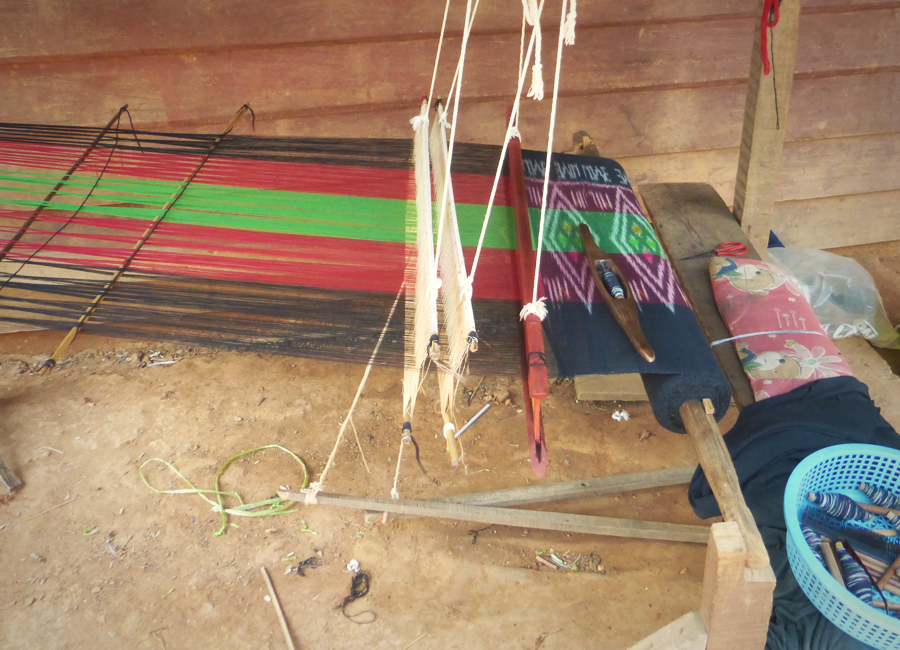
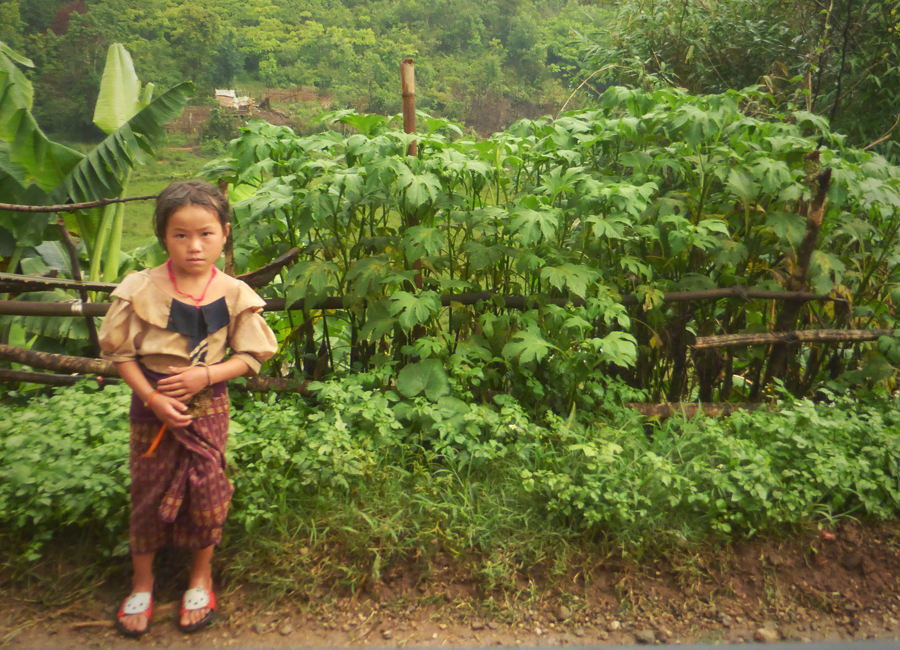
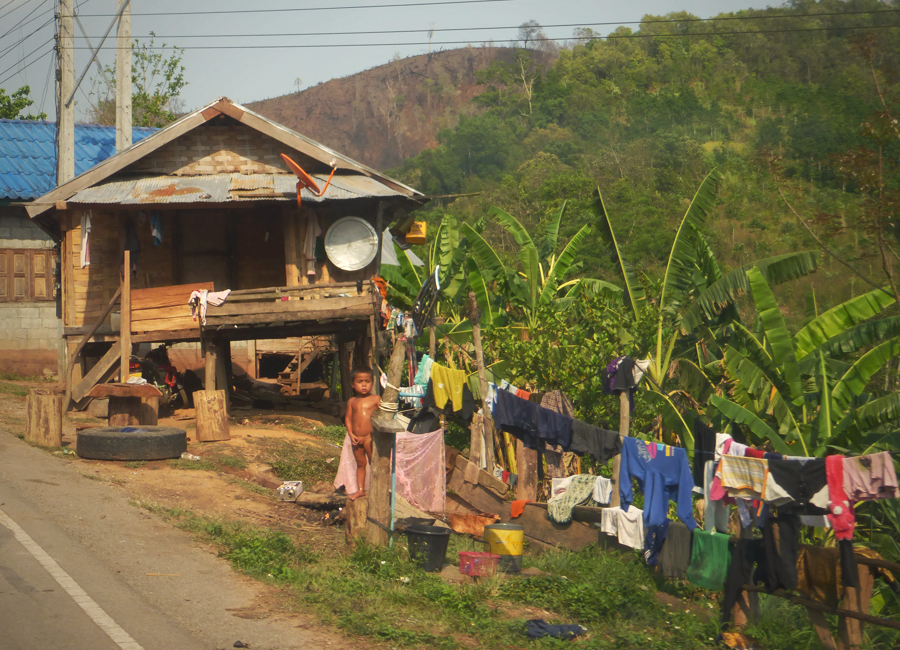
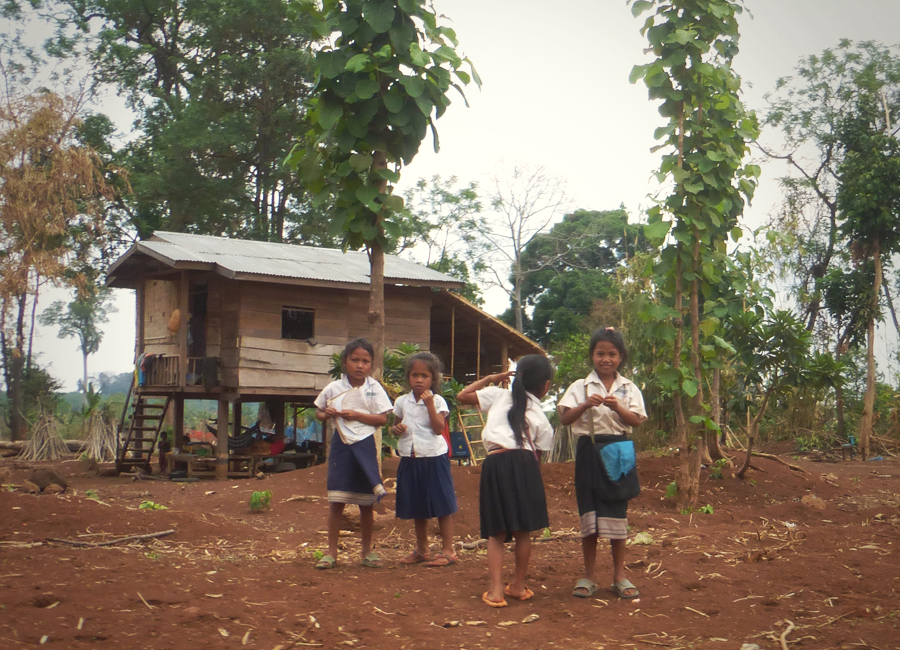
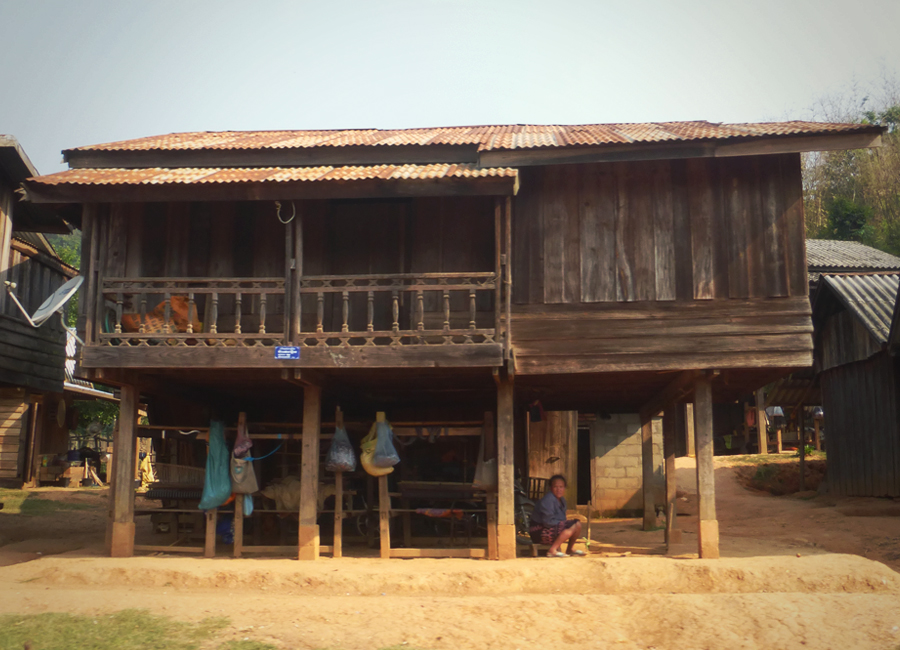
 RSS Feed
RSS Feed